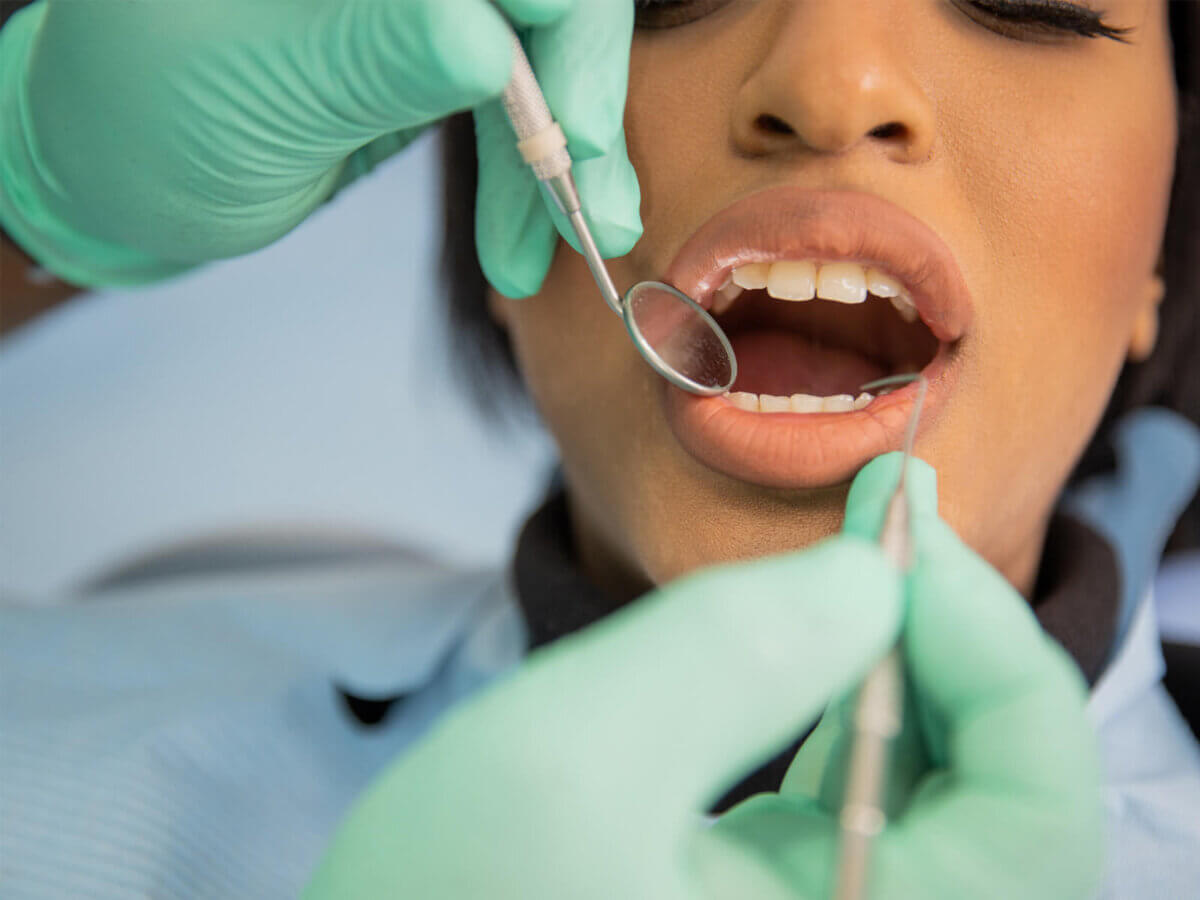Blog
Dental hygiene tips for healthy teeth & gums

How Do You Know If You Have Dry Socket
Dry sockets are painful dental conditions that can occur after tooth extraction, commonly following the removal of third molars, also known as wisdom teeth. Understanding the symptoms and causes of dry sockets is crucial for effective management and prevention. Let’s delve into the details of dry sockets.
Symptoms of Dry Socket:
- Visible Bone: If you can see the bone in the socket where your tooth was extracted, it may indicate a dry socket.
- Worsening Pain: Pain that intensifies two to three days after extraction, often severe, is a common symptom.
- Radiating Pain: Pain that extends to the head and neck area.
- Bad Breath: An unpleasant odor, or halitosis, emanating from the extraction site.
- Unpleasant Taste: A persistent bad taste in your mouth.
Causes of Dry Socket:
- Smoking: Smokers are at a higher risk of developing dry sockets.
- Using Straws: The suction from drinking through a straw can dislodge the blood clot, essential for healing.
- Vigorous Swishing: Aggressive swishing with mouthwash can disrupt the blood clot.
- Poor Oral Hygiene: An unclean surgical site increases the risk of bacterial contamination.
- Birth Control Pills: Certain oral contraceptives containing estrogen may affect the body’s healing process.
Diagnosis of Dry Socket:
If you experience severe pain after tooth extraction, consult your dentist or oral surgeon. They may conduct a physical examination and possibly recommend X-rays to rule out other causes of pain, such as bone fragments or osteomyelitis.
Prevention of Dry Socket:
- Choose Experienced Professionals: Ensure your dentist or oral surgeon is experienced and reputable. Check their credentials and seek feedback from previous patients.
- Inform About Medications: Disclose any medications you are taking, as some can inhibit blood clotting.
- Manage Smoking: Reduce or avoid smoking before and after extractions. Discuss nicotine management options with your dentist.
- Follow Post-Operative Instructions: Adhere to the care guidelines provided by your dental professional.
Conclusion:
Dry sockets typically manifest as increasing pain a few days post-extraction, accompanied by an unpleasant smell and possibly exposed bone or tissue. Healing sockets, in contrast, gradually become less painful. If you experience new or worsening pain after tooth extraction, consult your dentist or oral surgeon for appropriate management.


